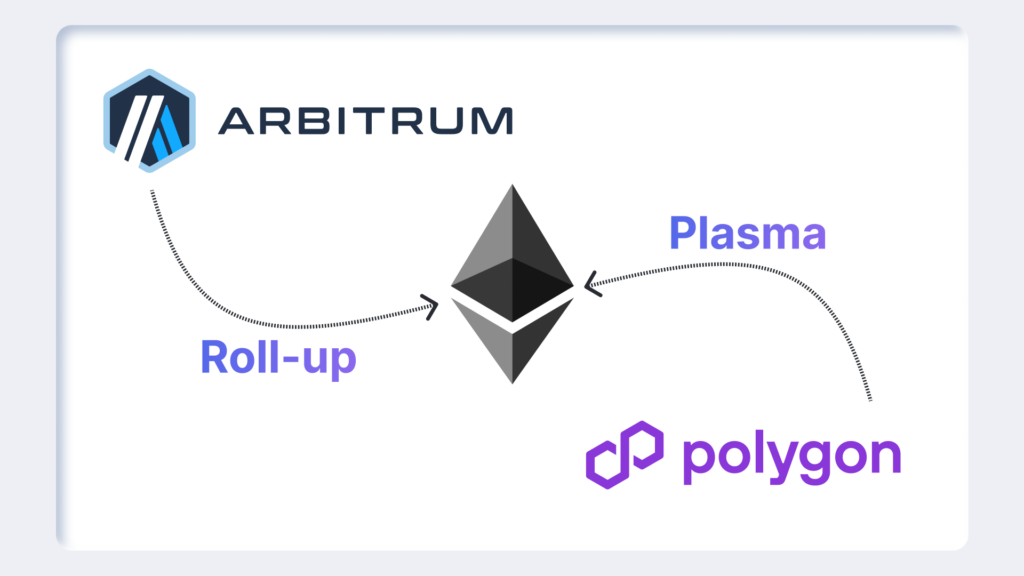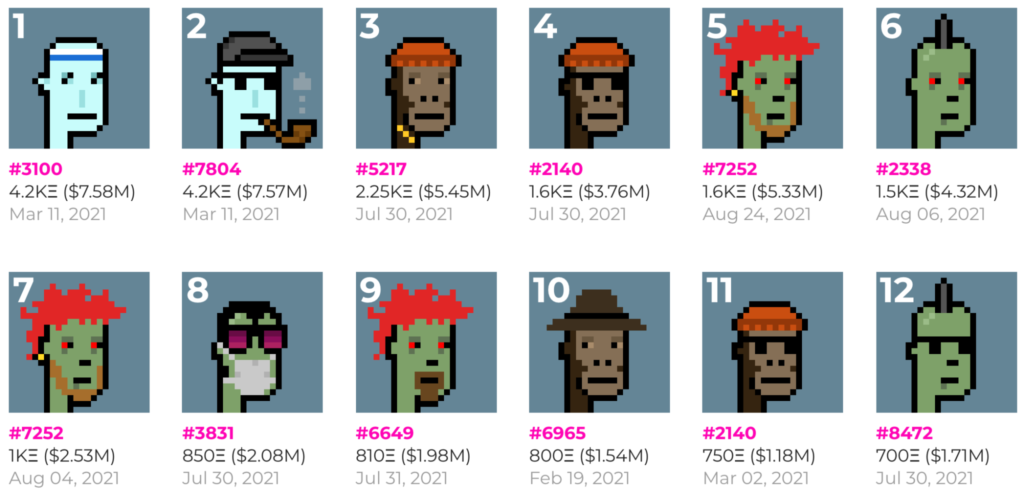When the Castorone slipped into Fujian on Feb. 6 laden with 69,000 tonnes of chilled American gas, few suspected it would be the last U.S. cargo to reach China for the foreseeable future. Ten weeks on, arrival logs are bare and tanker transponders tell the tale: one ship diverted to Bangladesh, others rerouted to Europe, none daring Shanghai, Ningbo, or Shenzhen. Beijing’s escalating tariffs—15 % on Feb. 10, now 49 %—have priced U.S. liquefied natural gas completely out of the mainland market.
The pause mirrors the Trump‑era blockade of 2019 – 2020, yet this time the backdrop is darker. China’s post‑pandemic recovery has cooled, power demand is plateauing, and buyers hold long memories of disrupted supply. “I do not think Chinese LNG importers will ever contract new U.S. volumes,” warns Anne‑Sophie Corbeau of Columbia University’s Center on Global Energy Policy. Her verdict hits the Gulf Coast like a north‑easter: billions are sunk into export terminals predicated on multi‑decade Chinese offtake.
Historically, China never leaned hard on the U.S. Last year only 6 % of its LNG came from American plants, down from 11 % in 2021 after traders flipped cargoes into Europe at wartime premiums. Even so, state giants PetroChina and Sinopec still hold 13 long‑term contracts that underpin projects such as Port Arthur and Plaquemines, stretching to 2049. Developers now scramble to rewrite terms, factoring inflation and—crucially—tariffs that act like an embargo.
Beijing, meanwhile, pivots north. Russia already ranks third among China’s LNG suppliers, and Ambassador Zhang Hanhui says buyers are “eager” to lift volumes. Talks on Power of Siberia 2—a second mega‑pipeline—advance, while Yamal and Arctic LNG 2 cargoes gain new traction. For Moscow, hammered by Western sanctions, China’s chilly welcome is a geopolitical windfall; for Washington, it is a strategic setback that concedes Asia’s largest gas market to its rival.
Analysts foresee a global reshuffle. Richard Bronze of Energy Aspects expects Asian LNG demand to slide 5‑10 million tonnes, sending extra spot cargoes westward and trimming European prices. Gillian Boccara at Kpler recalls the previous hiatus: “Back then waivers arrived because Chinese gas demand was booming. Today growth is slower—they can absorb the loss far longer.”
The economic logic is brutal. At a 49 % duty, U.S. LNG lands well above Qatar or Australia—and miles above subsidized Russian flows. Unless tariffs ease, American exporters may watch their newest multi‑billion‑dollar trains idle or chase marginal buyers in Southeast Asia. China’s importers, in turn, will keep deepening ties with Moscow and Doha, confident that alternatives abound.
Yet energy is rarely static. A frigid winter, a Gulf hurricane, or a diplomatic thaw could redraw shipping routes overnight. Until then, the empty berths at Ningde and Jinzhou stand as stark evidence that trade wars do not stop at silicon chips or soybeans. They burn cold, too, in the cryogenic tanks of LNG carriers left without a port of call.


